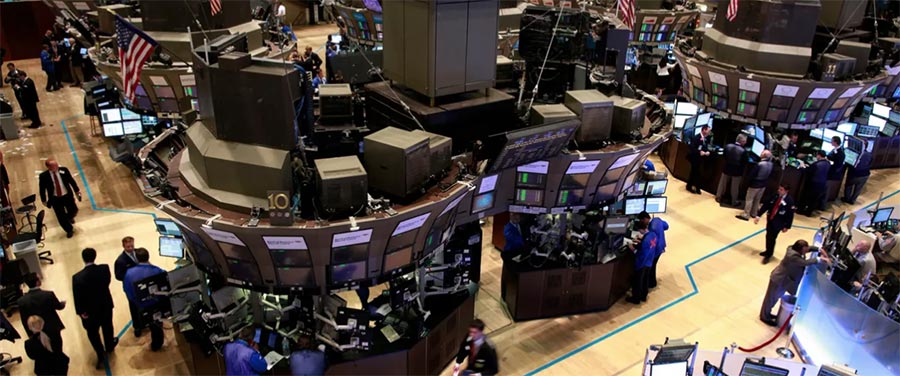By Edward Chancellor
LONDON- Since the 1970s the average rate of growth in the world’s income per person has fallen from nearly 3 percent a year to under 1 percent . Economists scratch their heads at this productivity puzzle. It is possible, however, that the root of the problem lies in humans’ natural response to the unprecedented comforts of modern life in the developed world.
After all, an earlier experiment with mice colonies reveals that rodents also have trouble coping with prosperity.
In the late 1960s the American ethologist John B. Calhoun ran an experiment in which he placed four breeding pairs of mice in a large enclosure containing ample quantities of food, water, and nesting material. Initially, the mouse population took off. Within 10 months, however, growth started to drop off. There followed what Calhoun dubbed a “behavioral sink” as the male mice became solitary, and the females stopped breeding. Within 30 months the last mouse had expired. Some scientists believe this colony’s extinction occurred because the mice no longer faced the usual threats from predators and resource scarcity for which they were adapted by evolution.
What has this to do with collapsing productivity growth among humans? Well, consider how capitalism has changed over the centuries. At the outset of the industrial revolution, economic life was brutal: severe downturns were frequent, competition among businesses was fierce, defaulting debtors were thrown into prison and government provided minimal support for those suffering economic hardship.
On the other hand, economic recoveries were usually rapid and productivity growth remained robust over long periods. For contemporaries, this torrid boom-bust cycle was a source of economic vitality. As the 19th century French economist Clément Juglar wrote: “paradoxical as it may seem, the riches of nations can be measured by the violence of the crises they experience.”
The ethos of this earlier version of capitalism is best characterized by US Treasury Secretary Andrew Mellon’s advice to President Herbert Hoover after the 1929 stock market crash: “Liquidate, liquidate, liquidate.” The motto of the 21st century, Ruchir Sharma argues in his latest book “What Went Wrong with Capitalism” is “liquefy, liquefy, liquefy.”
Modern developed governments, he says, now constantly intervene to alleviate economic hardship. American businesses are swathed in red tape. The Code of Federal Regulations has grown more than 10-fold since the 1960s – its index alone requires five volumes, containing some 700,000 entries. The US tax code stretches to nearly 7,000 pages with an additional 68,000 pages provided by the Internal Revenue Service. Businesses have responded by becoming more bureaucratic: in the United States, there is now one manager for every five workers. The center of corporate power has shifted towards human resources, resulting in what New York Times columnist David Brooks styles “death by a thousand paper cuts.”
After the global financial crisis of 2008, central banks turned to ultralow interest rates and large-scale purchases of financial assets to boost employment and revive the markets.
Bailouts were extended to various sectors, from Wall Street to Detroit automakers. These interventions have undermined capitalism’s vitality, according to Sharma. Ultralow rates distorted the allocation of capital and kept zombie companies on life support. Joseph Schumpeter’s process of “creative destruction”, which the Austrian-born economist saw as the essential feature of capitalism, was arrested. The rate at which jobs are created and destroyed has also declined.
Easy money made it easier for large companies to gobble up smaller ones. Lax antitrust implementation further encouraged industry consolidation. Sharma suggests that excessive regulations benefitted incumbent firms by creating barriers to entry for potential competitors. Corporate lobbying has abounded. The result is that corporate profits have become bloated. Since the turn of the century, we have no longer witnessed the return of profitability to a long-term average level that is the hallmark of a truly competitive economy.





